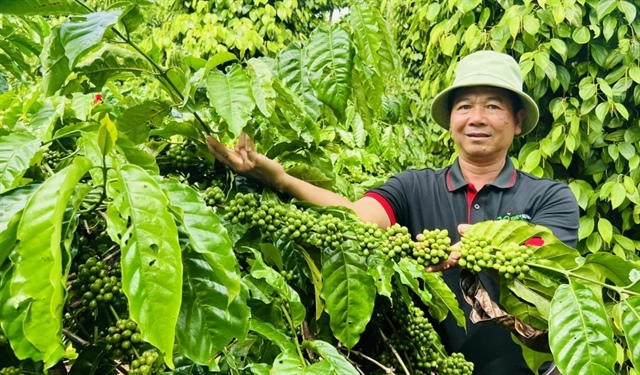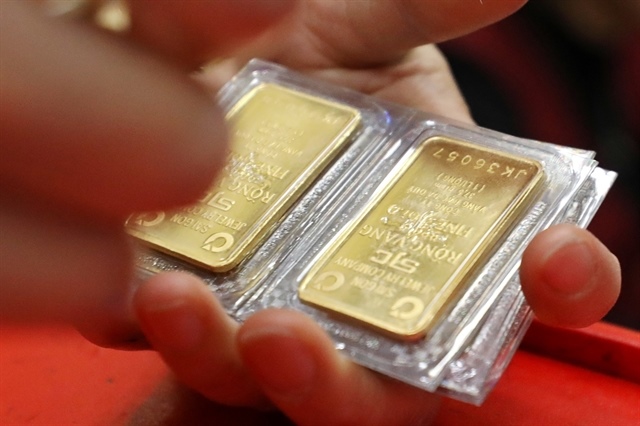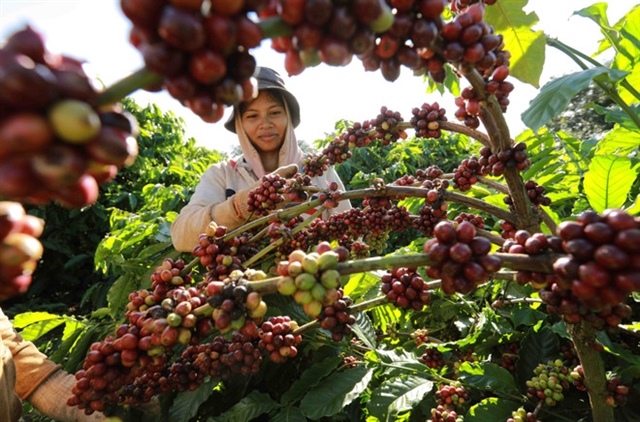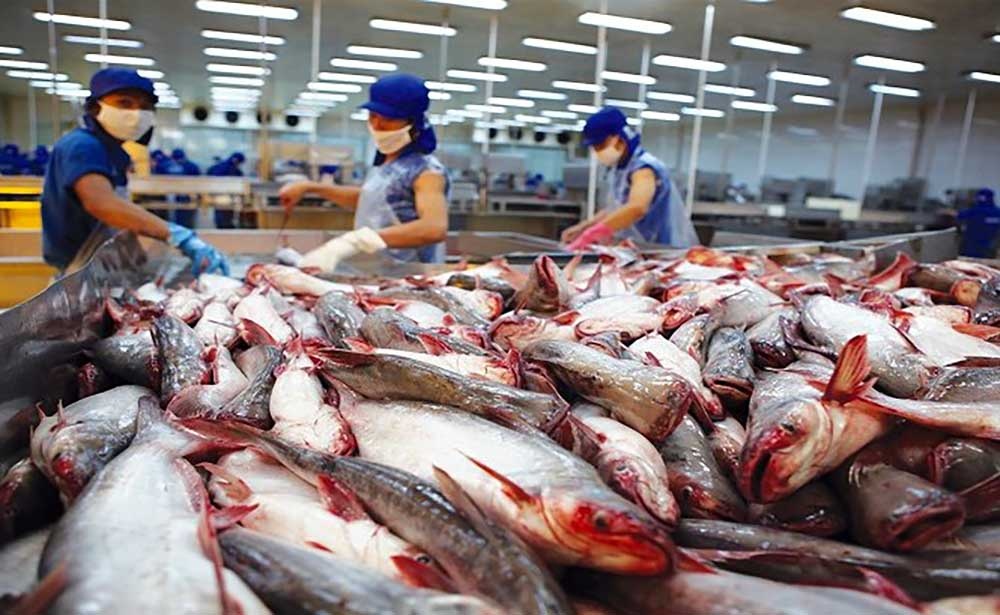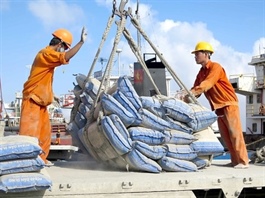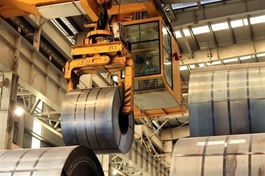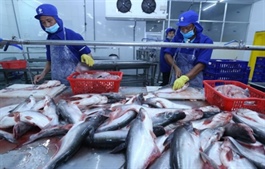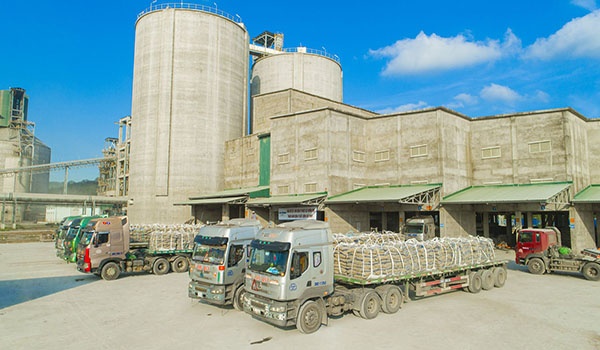Vietnam’s rice, pepper exports to China plunge in January-July
Vietnam’s rice, pepper exports to China plunge in January-July
Vietnam’s rice and pepper exports to China in the January-July period this year tumbled over 68 and 85 percent, respectively, compared to the same period in 2023, according to the Vietnamese Ministry of Agriculture and Rural Development.
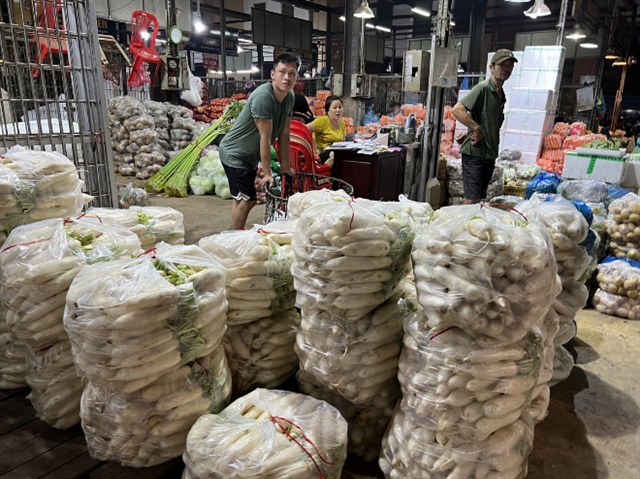
China prefers Vietnam’s agricultural products, especially vegetables, but reduces rice and pepper imports. Photo: Thao Thuong / Tuoi Tre |
In particular, China purchased only 223,400 metric tons of rice worth US$130.8 million and 8,000 metric tons of pepper from Vietnam during the period.
The results bucked China’s recent increases in agricultural products from Vietnam.
In January-July, Vietnam exported over $7 billion worth of agro-forestry-fishery products to China, up 11.3 percent over the year-ago period.
Of the total, vegetable and fruit exports reached a combined $2.5 billion.
Nguyen Van Than, a rice exporter in Ho Chi Minh City who sends 80 percent of his shipments to China, shared with Tuoi Tre (Youth) newspaper that China has raised its standards for rice imports.
For processed rice, China primarily imports low-cost rice in bulk. Since Vietnamese exporters seldom ship low-cost rice to China, they struggle to compete with other countries that do.
Despite this, according to a rice factory owner in An Giang Province, China remains one of the top five buyers of Vietnamese rice, surpassing the Philippines, Cuba, and Indonesia.
The drop in rice exports to China is largely due to the Chinese Ministry of Agriculture and Rural Affairs tightening control over rice imports and increasing local production, the factory owner explained.
China favors ST21, fragrant, 504, and glutinous rice, but 80-90 percent of Vietnamese exporters focus on fragrant rice, which does not fully meet China’s demand.
A leader of the Vietnam Food Association noted that China has kept its rice import quota at over 2.6 million metric tons per year in recent years.
Chinese importers prefer rice packaged in high-quality materials, making Thai rice more attractive than its Vietnamese counterpart.
Regarding pepper, China, once the second-largest importer of Vietnamese pepper, has now dropped to fifth place, behind the U.S., Germany, India, and the United Arab Emirates.
Some local exporters attribute this shift to cheaper Chinese pepper, reduced consumer demand, and high inventory levels.
Vietnamese pepper exporters are now focusing on white pepper shipments to the U.S. and the United Arab Emirates due to higher prices.



